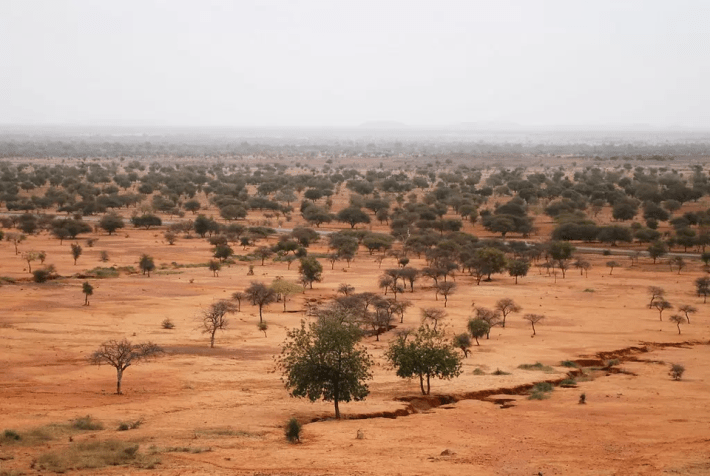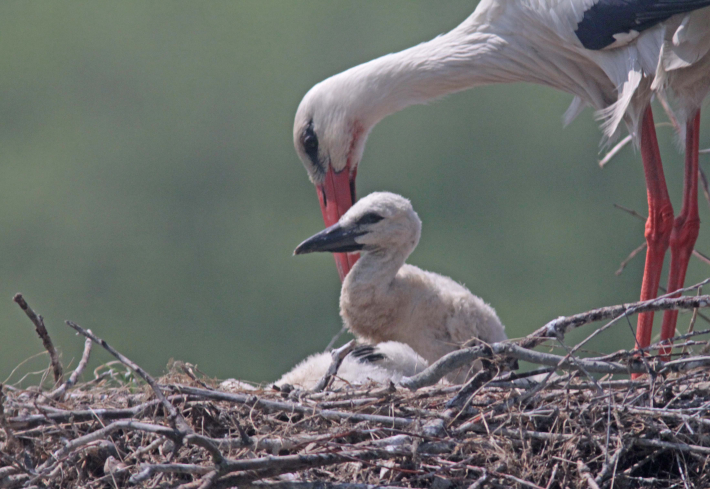
Preliminary results of the transmitter project
The transmitter project aims to gain more insight into the spread of storks from the Zwin Nature Park in space and time, but also in function of the birds’ changing living conditions (and their dependence on garbage dumps in particular).
The project teaches us more about the migration routes storks take, where they winter, and also provides insights into the challenges the birds face. The stork is a species to cherish and the transmitter results will provide important information to help safeguard the survival of storks. The intention is to provide even more storks with a transmitter in the coming years.
Preliminary results
Number of storks transmitting
| Tagged |
Still alive at the moment* |
|
|---|---|---|
| 2019 | 3 | 1 |
| 2020 | 4 | 2 |
| 2021 | 5 | 1 |
| 2022 | 5 | 4 |
| 2023 | 5 | 5 |
| TOTAAL | 22 | 14 |
*time of update: July 2023
Results
Thanks to this transmitter project, we have gained more insight into different aspects of a stork’s life. By tracking their migration and wintering patterns, we now understand their migratory behaviour better. This research also teaches us how storks use different types of sites during their seasonal movements and which dangers or possible causes of death they face.
Various types of sites
Our research has shown that garbage dumps and waste processing facilities are important feeding areas for storks during their migration and in winter.
Garbage dumps are the equivalent of giant fast-food restaurants for storks. Significant amounts of food are always available at these sites. What’s more, the food is replenished regularly. As such, these sites are predictable food sources for storks. Foraging for food there is much easier than always having to search for food yourself. Among the garbage, storks find edible rubbish, mice and rats. The transmitter project has shown that storks know where all the garbage dumps are from Belgium to Morocco.
The future of these food sources is uncertain, however. In Spain especially, where most of our storks head during their migration or spend the winter, open landfills must close in keeping with European waste legislation. It will be very interesting to see how storks will cope with the disappearance of this important food source.

Wintering area
The migration patterns of migratory birds are not static. Migratory behaviour is subject to change under the influence of changing conditions. We use our transmitter project to understand the evolving migratory behaviour of the storks of Zwin.
Since the start of the project in 2019, we have already made some interesting observations, including about where they winter. Firstly, all young tagged storks leave the Zwin and winter in the far south. Most birds spend their first winter in Spain or northern Morocco. Interestingly, we found that a small but significant proportion of our birds migrate quite a bit further south. These birds crossed the Sahara to winter in the West African Sahel, in the area spanning Mali to Senegal. This has traditionally been the wintering area of Western European storks, and apparently some of our birds still make this long, 5,000 km journey, including the risky crossing of the inhospitable Sahara desert.
From their second winter, tagged storks choose to winter in Europe. While storks have been known to be loyal to a fixed place where they spend successive winters, this is relatively uncommon. Instead, they often prefer to switch winter spots, usually heading further north.
All this contributes to our ongoing efforts to unravel the secrets of these birds and understand how they cope with the challenges of their environment and migration.

Site loyalty
Storks have a remarkable ability for orientation, enabling them to easily find their way back to their familiar nesting spot in the Zwin region.
In 2023, two storks settled for breeding in the Zwin Nature Park and its surrounding area. An important milestone in 2023 was the first fledged young of a transmitting stork, namely stork Hadewijch in the Zwin Nature Park.
Another transmitting stork, Spencer, has chosen to settle for breeding in north-western France, near the city of Caen, some 350 kilometres from the Zwin. There thus are birds that make other choices instead of the more common option of returning to their native region to start breeding.

Some notes on the results
For long-living birds like storks, we should avoid drawing quick conclusions.
Our transmitter project was launched in 2019. We are only just beginning to learn more about the lives and habits of these tagged birds. It thus bears remembering that we will get better and better, more solid results the longer the project goes on. We will also be able to track more and more birds for longer in the long run.
